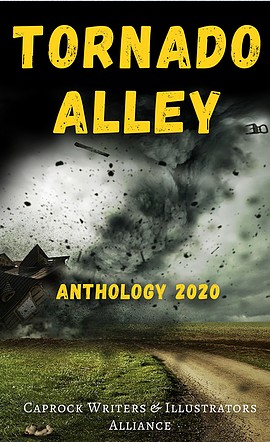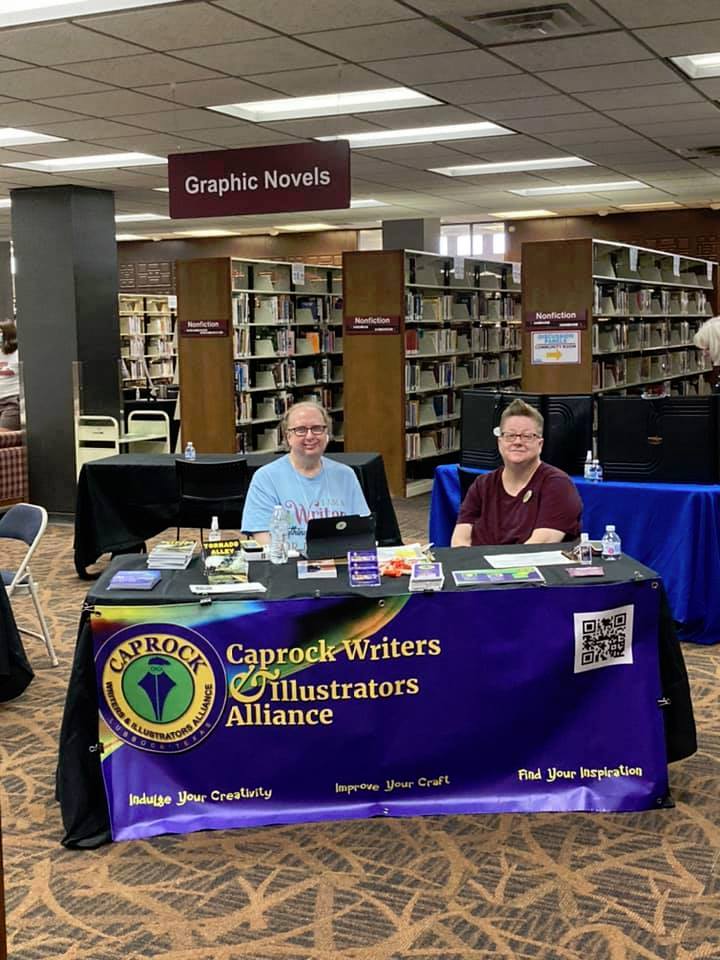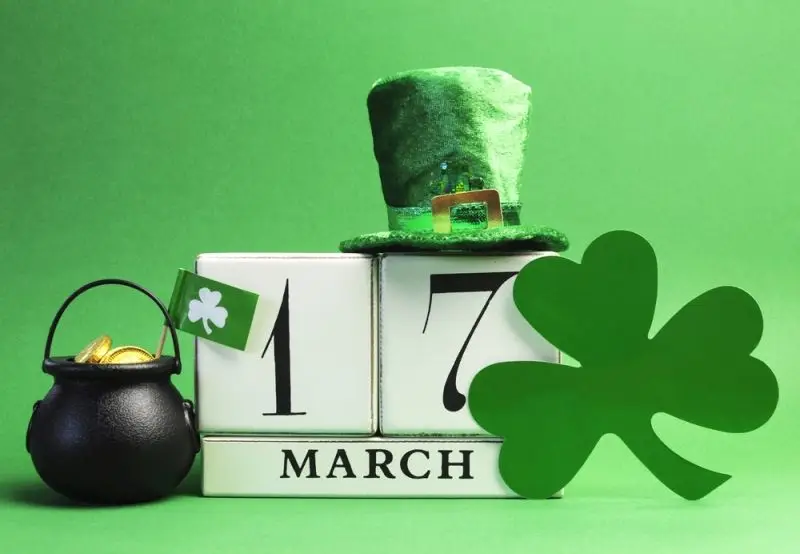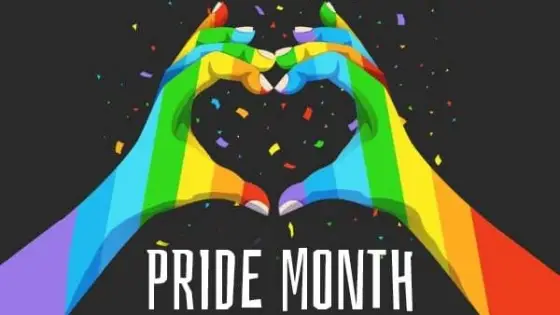
Happy Memorial Day
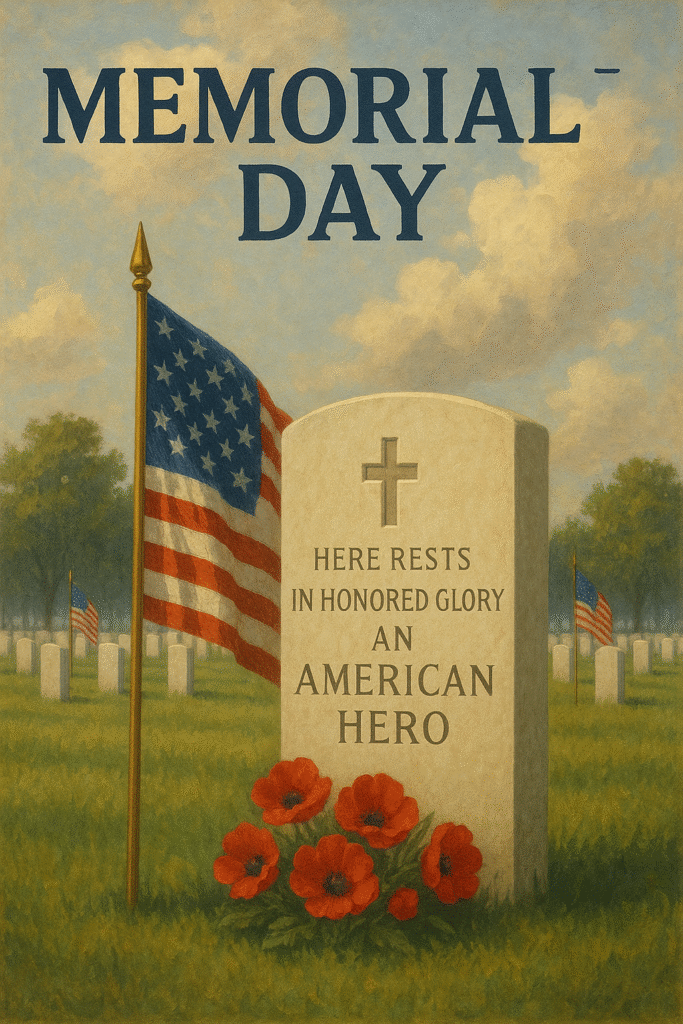
Memorial Day in the United States is a federal holiday that honors and remembers military personnel who died while serving in the U.S. Armed Forces. It is observed on the last Monday of May each year.
Key Points:
Purpose: To pay tribute to those who lost their lives in military service to the country.
Origins: It originated after the Civil War and was originally known as Decoration Day, when people decorated the graves of fallen soldiers with flowers and flags.
Modern Observance: Many Americans visit cemeteries or memorials, hold parades, and participate in moments of remembrance. The national moment of silence is traditionally observed at 3:00 p.m. local time.
Photo and Article Generated by AI
May 11, 2025

Damage caused by the tornado near downtown Lubbock
The 1970 Lubbock Tornado is now on Wikipedia.
During the evening hours of May 11, 1970, a powerful multiple-vortex tornado struck a large portion of the city of Lubbock, located in the state of Texas, United States. Resulting in 26 fatalities and an estimated $250 million in damage (equivalent to $2.02 billion in 2024). Known as the Lubbock tornado,[2] it was in its time the costliest tornado in U.S. history, damaging nearly 9,000 homes and inflicting widespread damage to businesses, high-rise buildings, and public infrastructure. The tornado’s damage was surveyed by meteorologist Ted Fujita in what researcher Thomas P. Grazulis described as “the most detailed mapping ever done, up to that time, of the path of a single tornado.” Originally, the most severe damage was assigned a preliminary F6 rating on the Fujita scale, making it one of only two tornadoes to receive the rating, alongside the 1974 Xenia tornado.[3] Later, it was downgraded to an F5 rating.[a] The extremity of the damage and the force required to displace heavy objects as much as was observed indicated that winds produced by vortices within the tornado may have exceeded 290 mph (470 km/h)

The time was 9:46 PM. Lubbock, TX momentarily stopped. In the tumultuous seconds that followed, the City would experience such calamity that it would alter its course forward and leave an everlasting impression. 51 years later, out of the chaos rises a peaceful place. A place of remembrance and reflection. A place to mourn those lost to the storm and to ponder on all that has been gained in the decades since.
"Tornado Alley"
Pick up your copy of Tornado Alley, the Caprock Writers and Illustrators Group’s 2020 Anthology, in memory of the May 11, 1970 tornados that hit Lubbock, Texas. (Mathis does not have a story in this anthology.)

Happy Earth Day
Earth Day was created in 1970 by U.S. Senator Gaylord Nelson from Wisconsin. The first Earth Day was held on April 22, 1970, and it marked the beginning of the modern environmental movement.
Nelson was inspired by the anti-war protests of the 1960s and wanted to bring that same energy and passion to environmental issues. He hoped to get public and political attention focused on pollution, deforestation, oil spills, and other environmental problems. It worked—over 20 million Americans participated in that first Earth Day through rallies, teach-ins, and community cleanups.
The success of that day led to real change: it helped inspire the creation of the U.S. Environmental Protection Agency (EPA) and the passage of landmark environmental laws like the Clean Air Act, Clean Water Act, and Endangered Species Act.
Created by AI
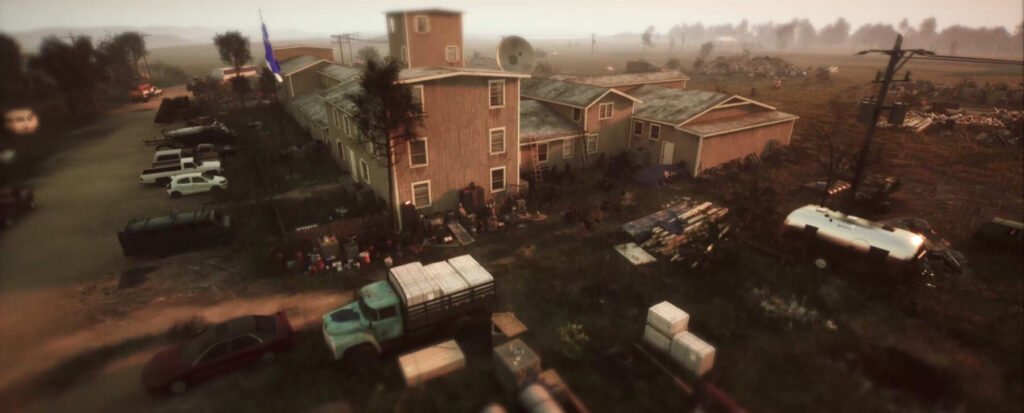
The Branch Davidian raid refers to the initial law enforcement action on February 28, 1993, against the Branch Davidian religious group at their compound, Mount Carmel Center, near Waco, Texas. This event led to one of the most infamous and tragic standoffs in U.S. history.
Here’s a breakdown of the key events:
🔥 The Raid (Feb 28, 1993)
The Bureau of Alcohol, Tobacco, and Firearms (ATF) attempted to serve a warrant and arrest David Koresh (leader of the Branch Davidians) for alleged weapons violations.
The Branch Davidians were suspected of stockpiling illegal firearms and explosives.
The ATF’s plan was a surprise raid, but the Davidians were reportedly tipped off in advance.
A gunfight broke out:
4 ATF agents were killed.
6 Branch Davidians died that day.
After the failed raid, the FBI took over and initiated a 51-day siege.
🚨 The Siege (Mar–Apr 1993)
Negotiations went on for weeks. Some people were allowed to leave the compound.
Tensions escalated as the FBI used tactics like:
Playing loud noises and music at night.
Cutting off power.
Using tanks and psychological pressure.
🔥 Final Assault (April 19, 1993)
The FBI launched a tear gas assault in an attempt to force the Davidians to surrender.
A few hours in, fires broke out inside the compound.
The entire building was engulfed.
76 Branch Davidians died, including David Koresh and 25 children.
💥 Legacy & Controversy
There’s intense debate over:
Who started the fire (FBI says Davidians; survivors dispute this).
Whether the FBI used excessive force.
Government accountability and civil liberties.
Inspired anti-government sentiment and was a major influence on people like Timothy McVeigh, the Oklahoma City bomber (1995).
🔹 David Koresh & the Branch Davidians
Who Koresh was (his background, beliefs, rise to leadership).
The group’s theology (apocalyptic beliefs, Koresh’s claim to be a messiah).
Life inside the Mount Carmel compound.
🔹 Weapons Allegations
The ATF investigation: what prompted it?
Types of weapons alleged to be inside.
Were they really violating federal laws?
🔹 The Raid Itself
How it was planned and what went wrong.
The shootout details and timeline.
Inside accounts from both ATF agents and Davidians.
🔹 The FBI Siege
The negotiations: what Koresh was saying, who left the compound.
Use of psychological tactics (bright lights, loud music, tanks).
The final decision to storm the compound.
🔹 The Fire & Deaths
How the fire started: was it deliberate?
The deaths, especially the children.
What autopsies and forensic reports showed.
🔹 Aftermath & Legacy
Public reaction and media coverage.
Government hearings and accountability.
How it fueled anti-government extremism.
Influence on Oklahoma City bombing and militia movements.
🧱 1. Origins: Who Were the Branch Davidians?
The Group
The Branch Davidians were an offshoot of the Seventh-day Adventist Church, originally founded by Victor Houteff in the 1930s.
They were apocalyptic — believed the world was in its final days and that a new kingdom would be established on Earth.
By the 1980s, a power struggle emerged. Enter David Koresh.
👤 2. David Koresh: The Self-Proclaimed Messiah
Real Name: Vernon Wayne Howell
Born in 1959 in Texas.
Troubled upbringing, dyslexia, dropped out of school.
Found religion and became obsessed with the Bible, especially Revelation.
Rise to Power
Joined the Branch Davidians at Mt. Carmel in the early 1980s.
Claimed he was chosen by God to unlock the “Seven Seals” from Revelation.
Took over leadership after a power struggle — including a gunfight in 1987.
His Beliefs
Claimed he was the Lamb of God and had divine revelations.
Believed in spiritual marriages — including with multiple women and underage girls, which drew serious legal and moral scrutiny.
Taught that a final battle with Babylon (the U.S. government) was inevitable.
🔫 3. Weapons & the ATF Investigation
Stockpiling Allegations
Mt. Carmel was rumored to have:
Illegal machine guns
Grenades
Massive amounts of ammunition
The ATF built a case that they were illegally modifying weapons and violating federal firearms laws.
The Tip-Off
A local UPS driver reported a package broke open with grenade casings and black powder.
Reports of automatic gunfire during practice sessions near the compound escalated concern.
💥 4. The Raid — Feb 28, 1993
The Plan
76 agents in a full-scale paramilitary-style raid.
Goal: Arrest Koresh and search the compound.
Media were tipped off — and someone warned the Davidians.
What Went Down
ATF approached, and a gunfight erupted.
Over 2 hours, both sides traded heavy fire.
4 ATF agents killed, 16 wounded.
6 Branch Davidians killed.
The raid failed. The feds backed off.
🚔 5. The 51-Day Siege Begins
FBI Takes Over
FBI hostage rescue team surrounded the compound.
Negotiations began — Koresh talked directly with negotiators for hours.
He claimed he needed time to write out his interpretation of the Seven Seals.
Conditions Inside
Over 100 people still inside, including many children.
Koresh controlled them tightly — no one left without his say-so.
Survivors say they were running low on food, water, and medicine.
FBI Tactics
Tried negotiation first (some people were released).
Then shifted to pressure:
Cut power.
Blasted loud music, screams, sirens at night.
Tanks rolled in and crushed property.
The government hoped this would break their will. It didn’t.
🔥 6. April 19, 1993 — The Final Assault
The Plan
FBI used tanks to punch holes in the walls and insert tear gas.
The goal: force Davidians out without storming the building.
What Happened
No one came out.
After 6 hours, fires ignited inside — simultaneously in multiple areas.
The Blaze
Fire consumed the compound quickly.
76 people died, including:
David Koresh
25 children
Several women and elderly members
Only 9 people escaped the fire.
🧨 7. Who Started the Fire?
FBI’s Claim:
The Davidians set it themselves, possibly as a mass suicide.
Evidence of fuel accelerants inside.
Survivors’ Claim:
FBI’s assault caused it.
Tanks knocked over lanterns or started sparks.
Gas and damage from tanks made the building a firetrap.
A final answer remains hotly debated.
⚖️ 8. The Aftermath
Government Response
Congressional hearings in 1995.
Public split between support for law enforcement vs. outrage over excessive force.
Criminal Trials
Several survivors were tried and convicted on firearms charges.
No convictions for murder or conspiracy against the FBI.
💣 9. Long-Term Impact
Rise of Anti-Government Extremism
Seen by many as a symbol of government overreach.
Fueled the rise of militia movements.
Oklahoma City Bombing (1995)
Timothy McVeigh bombed the federal building in Oklahoma City on April 19, 1995 — the two-year anniversary of Waco.
He cited Waco as a major reason for his actions.
🧠 TL;DR Takeaway
The Waco siege is a deeply American tragedy — a mix of religious extremism, mistrust of government, poor decision-making, and a devastating loss of life. Its legacy is still felt today in debates about civil liberties, law enforcement tactics, and radicalization.
Netflix’s ‘Waco: American Apocalypse’ Trailer Captures Fallout of David Koresh Cult Takedown
🎬 Waco (2018)
(Now streaming on Netflix)
Created by: John Erick Dowdle and Drew Dowdle
Starring:
Taylor Kitsch as David Koresh
Michael Shannon as FBI negotiator Gary Noesner
Rory Culkin, Melissa Benoist, and others
📺 What It Covers
Based on Real Accounts
The miniseries draws heavily from two real books:
“A Place Called Waco” by David Thibodeau (a real survivor)
“Stalling for Time” by Gary Noesner (FBI lead negotiator)
Structure
6 episodes total
Follows events from before the raid all the way through the final fire
Gives alternating perspectives: inside the compound vs. the FBI agents outside
🧠 Themes and Focus
David Koresh is portrayed not just as a cult leader but also as a complicated human with genuine charisma and deep contradictions.
The FBI is split internally:
Gary Noesner (Michael Shannon) wants to keep negotiating.
Others push for military tactics and escalation.
Shows the psychological hold Koresh had on his followers.
Explores how miscommunication and distrust between agencies, and within them, led to tragedy.
🔥 How Accurate Is It?
What’s Spot-On:
The tension between negotiators and the more aggressive Hostage Rescue Team (HRT).
The depiction of life inside the compound (based on survivor Thibodeau’s account).
The slow, tense breakdown of negotiation efforts.
Koresh’s manipulation and theology.
What’s Dramaticized:
Some characters are composites (mixes of real people).
Condenses events for pacing.
Leaning slightly toward a more sympathetic view of the Davidians, especially Koresh, than law enforcement accounts might.
🧨 Legacy of the Series
Helped spark renewed public interest in Waco and the FBI’s role.
Gave a human face to people often dismissed as “cult members”.
Viewed as a critique of government overreach by many.
⚠️ Heads Up
In 2023, the creators released a sequel docudrama:
▶️ Waco: American Apocalypse
Also on Netflix — this is a documentary, not dramatized, with actual footage, interviews with survivors, negotiators, and journalists.
This information generated by AI

Today, April 19, 2025, marks the 30th anniversary of the Oklahoma City bombing, one of the deadliest domestic terrorist attacks in U.S. history. On April 19, 1995, a truck bomb exploded outside the Alfred P. Murrah Federal Building in downtown Oklahoma City, killing 168 people, including 19 children, and injuring hundreds more.
Key Details:
Perpetrator: Timothy McVeigh, a U.S. Army veteran, was convicted and executed for the bombing. His accomplice, Terry Nichols, is serving multiple life sentences.
Motivation: McVeigh claimed he was retaliating against the federal government’s handling of the Waco Siege (April 19, 1993) and the Ruby Ridge standoff.
Impact: The attack deeply shocked the nation and led to significant changes in domestic security, anti-terrorism legislation, and how federal buildings are protected.
Memorial:
The Oklahoma City National Memorial & Museum honors the victims, survivors, rescuers, and all who were affected.
Each year, the city holds a Remembrance Ceremony, including a moment of silence at 9:02 a.m., the exact time of the explosion.
Created by AI
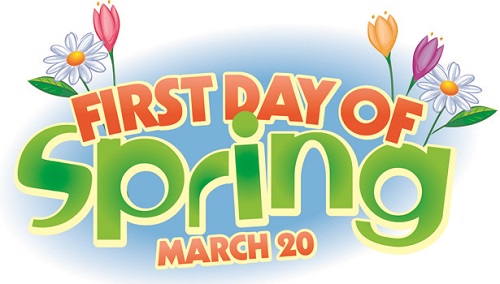
Here's wishing everyone a safe and Happy Spring!
“Have you ever flown to the top of a rainbow and slid down it into the pot of gold?” Sterling asked sleepily.
Jonathan Rhoades and Sterling Holt are sunbathing on a quilt floating three feet above the beach outside Jonathan’s virtual patio.
Find out what happens when Jonathan does it in The Golden Locket: Mercury in Retrograde (Halloween Night/Golden Locket Collection Series) Book 8.

16th Annual Read an eBook Week Sale!
All eBooks are 1/2 Price*
from
March 2 through March 8, 2025
Notice: Most of these eBooks contain Adult Content and you must be at least 18 to read them.
Sale only valid at Smashwords with the coupon code given when book is added to your shopping cart,
through March 8, 2025.
*Books regularly priced .99 are not included in the sale.
**eBooks by Truman Dayon Godwin are also on sale. Truman was a client of mine.
He died December 4, 2020.
Adult eBooks
Non-Adult (The Mysterious Bed/The Dead Can’t Rest)
eBooks by Truman Dayon Godwin (non-adult)
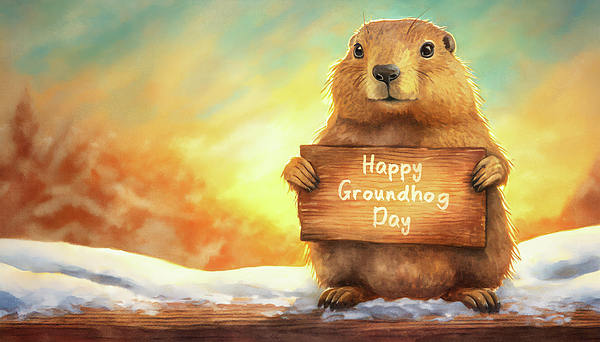
Happy Groundhog Day!
Groundhog Day is a popular tradition celebrated in the United States and Canada on February 2nd each year. The most famous celebration takes place in Punxsutawney, Pennsylvania, where a groundhog named Punxsutawney Phil emerges from his burrow to predict the weather.
How It Works
- If the groundhog sees his shadow (because of clear weather), he retreats into his burrow, meaning there will be six more weeks of winter.
- If the groundhog does not see his shadow (because of cloudy weather), it means spring will arrive early.
Origins & Popularity
- The tradition has roots in German folklore and was brought to America by German immigrants.
- The event gained wider recognition thanks to the 1993 comedy film “Groundhog Day” starring Bill Murray, in which the main character is stuck in a time loop, reliving the same day over and over.
Do you have a rodent where you live?
We have “Prairie Dog Pete” here in Lubbock. He saw his shadow, which, according to this, we’re going to have six more weeks of harsh winter.

